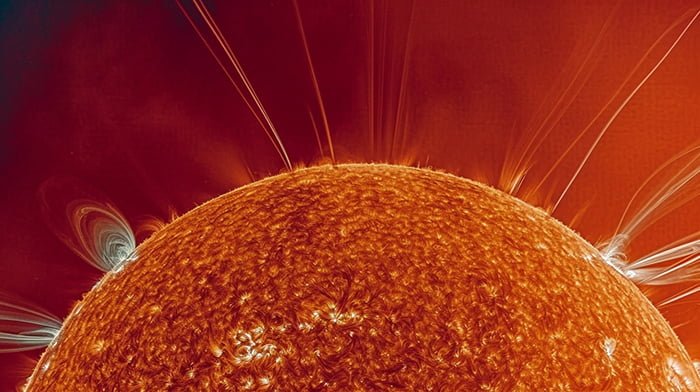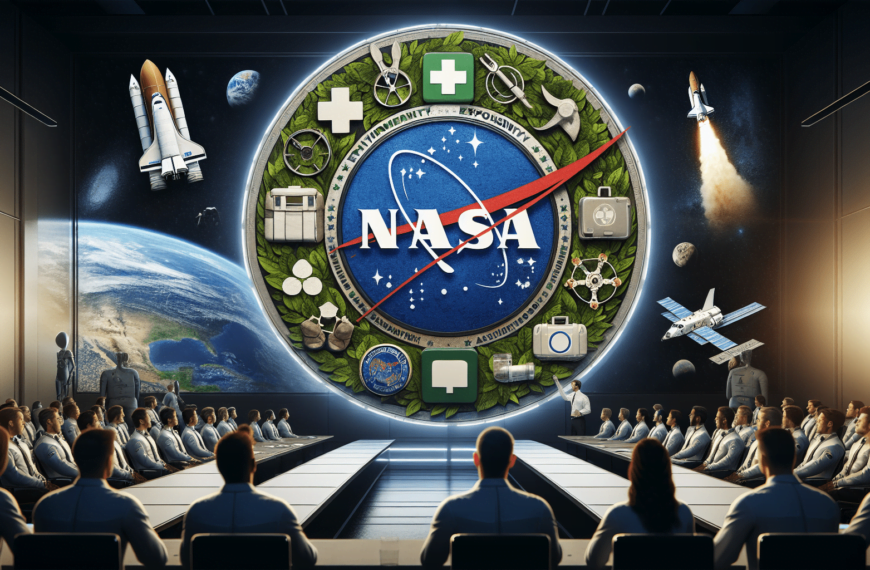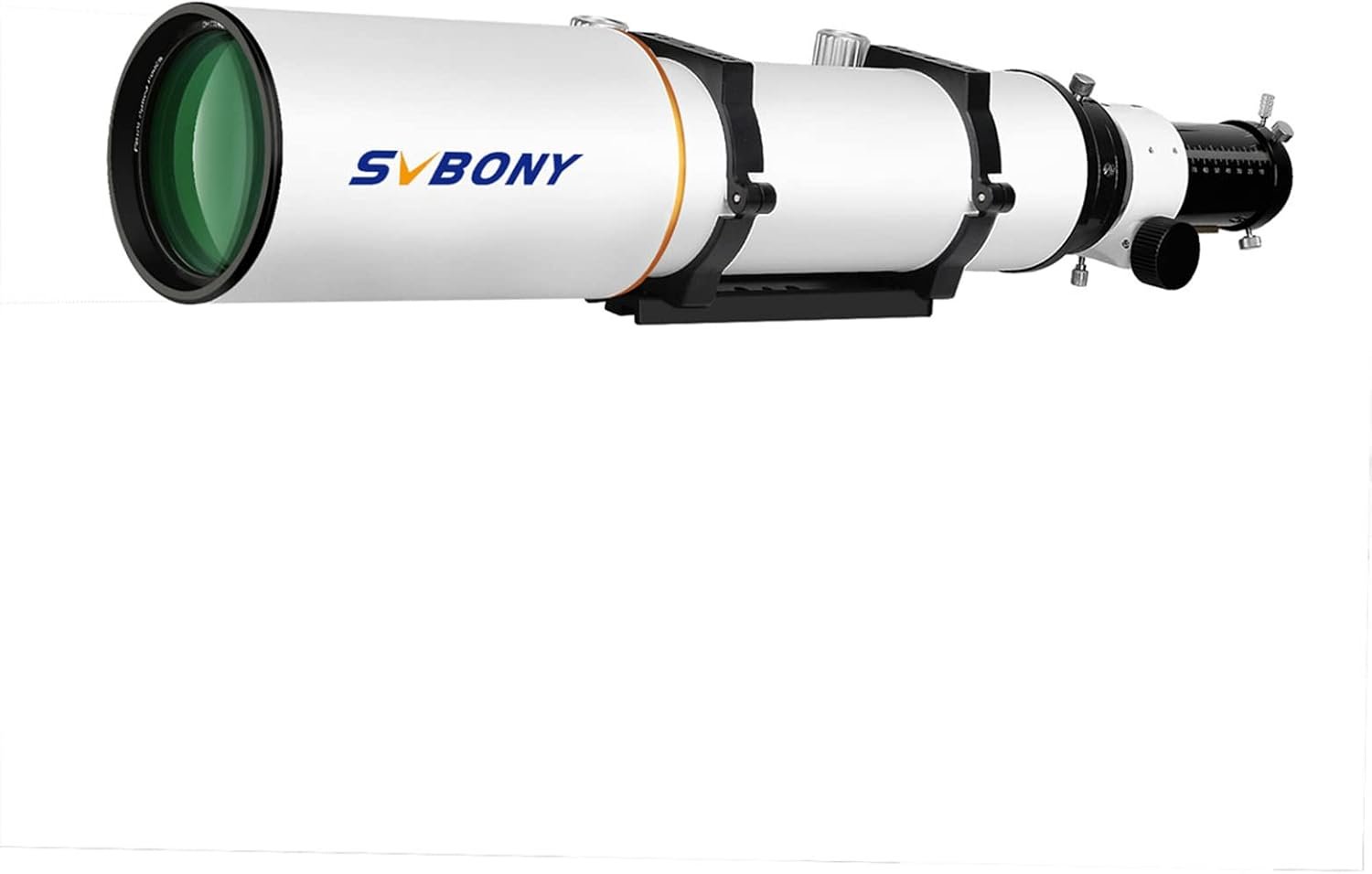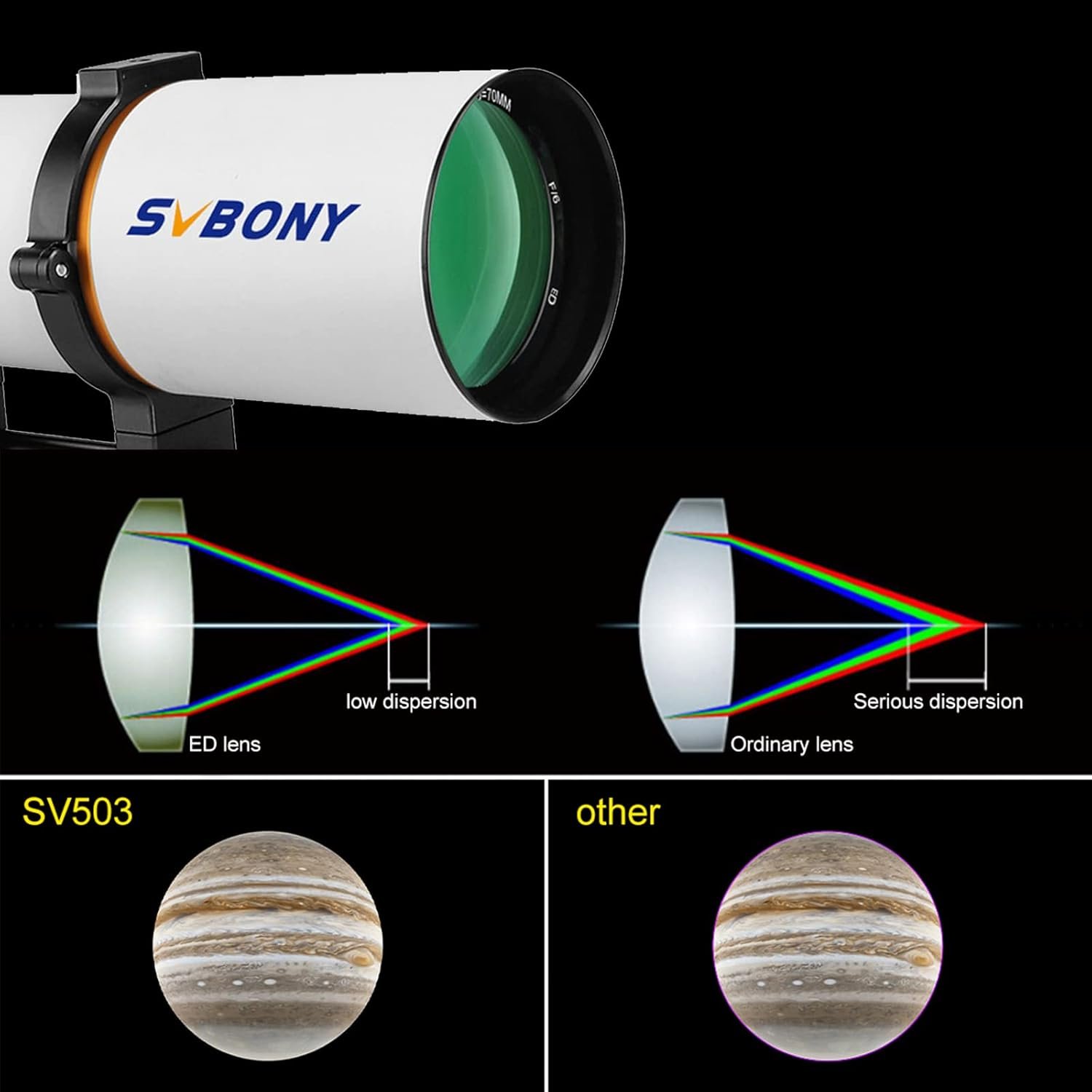Hawaiian Airlines launches free Starlink Wi-Fi on transpacific flights, enhancing connectivity and transforming the passenger experience.
Key Takeaways 📝
- Hawaiian Airlines is transforming the passenger experience by introducing free Starlink Wi-Fi on all transpacific flights, marking a significant advancement in in-flight connectivity.
- With Starlink’s low-latency satellite internet, passengers can enjoy seamless streaming and browsing, even at 30,000 feet—an industry first for the airline.
- This partnership signals a shift in the aviation industry, as airlines begin to view in-flight connectivity as a vital aspect of their service rather than just an add-on.
- The move opens doors for innovative in-flight entertainment and personalized services, enhancing both customer satisfaction and potential revenue streams for airlines.
- Hawaiian Airlines sets a new standard for air travel, emphasizing the importance of connectivity in today’s world and paving the way for future advancements in aviation technology.
In a technological leap that is set to revolutionize the passenger experience, Hawaiian Airlines has announced the launch of free Starlink Wi-Fi across its entire transpacific fleet. This groundbreaking partnership between the airline and SpaceX’s satellite internet service marks a significant milestone in the aviation industry, promising to enhance in-flight connectivity and entertainment options for travelers. In this blog, we’ll explore the various dimensions of this innovative move, its implications for the aviation industry, and what it means for passengers.
The Starlink Advantage
Starlink, SpaceX’s low-Earth orbit (LEO) satellite network, has been making waves in the world of satellite internet. Unlike traditional satellite systems, which orbit at higher altitudes, Starlink operates with thousands of small satellites in LEO, enabling it to deliver high-speed, low-latency connectivity that rivals traditional terrestrial broadband.
The Starlink system’s ability to provide consistent and fast internet, even in remote areas, has been a game-changer for many regions across the globe. For Hawaiian Airlines, this means offering passengers an unparalleled in-flight Wi-Fi experience, seamlessly connecting them to the digital world even at 30,000 feet. This connectivity allows passengers to stream movies, engage with social media, or even conduct business meetings while flying over the Pacific Ocean.
Connecting the Skies
Hawaiian Airlines has completed the installation of Starlink antennas across its fleet of 42 Airbus aircraft, including 24 A330s and 18 A321Neos. This comprehensive deployment ensures that passengers on all of the airline’s transpacific flights, from Hawaii to the mainland United States and beyond, can enjoy the benefits of free, high-quality internet access.
Hawaiian Airlines’ spokesperson, Marissa Villegas, emphasized the transformative nature of this partnership. “The debut of Starlink Wi-Fi on our flights marks a significant milestone in our commitment to enhancing the travel experience for our guests,” she stated. “We’re thrilled to offer this industry-leading connectivity solution, which will keep our passengers connected and entertained throughout their journey.
This revolutionary step not only enhances the passenger experience but also positions Hawaiian Airlines at the forefront of technological innovation in aviation. The ability to offer free, reliable, and fast internet is no longer a luxury but a necessity in today’s connected world, and Hawaiian Airlines is leading the charge in meeting this demand.
Expanding the Network
The initial rollout of Starlink focuses on Hawaiian Airlines’ transpacific fleet. However, the company has plans to further expand its Starlink-enabled connectivity. The airline will equip its two Boeing 787-9 aircraft, set to arrive in 2027, with the Starlink system, ensuring a seamless experience for passengers across its entire long-haul network.
However, the smaller, 19-aircraft Boeing 717 fleet, used for shorter-range, high-frequency flights within the Hawaiian Islands, will not be outfitted with the Starlink system. This decision reflects the airline’s strategic approach to prioritizing the connectivity needs of its transpacific passengers. By focusing on the routes where passengers spend the most time in the air, the airline is maximizing the impact of its technological investment.
Elevating the Passenger Experience
The introduction of Starlink Wi-Fi on Hawaiian Airlines’ flights promises to transform the in-flight experience for passengers. With lightning-fast internet speeds and low latency, travelers will be able to stream their favorite content, stay connected with loved ones, and even conduct business seamlessly from the comfort of their seats.
This connectivity enhancement aligns with the airline’s commitment to providing passengers with a world-class travel experience. By offering free, reliable, and high-quality in-flight Wi-Fi, Hawaiian Airlines is setting a new standard in the industry and catering to the evolving needs and expectations of modern-day travelers. No longer will passengers have to endure spotty connections or exorbitant fees for in-flight internet access. Instead, they can look forward to a seamless digital experience that enhances their journey.
Broader Implications for the Aviation Industry
Hawaiian Airlines’ partnership with Starlink is not just a game-changer for its own operations but also has broader implications for the aviation industry as a whole. As more airlines recognize the value of offering superior in-flight connectivity, we can expect similar partnerships and the widespread adoption of LEO satellite-based internet services across the industry.
This trend not only enhances the passenger experience but also opens up new possibilities for in-flight entertainment, e-commerce, and real-time data-driven services that can improve operational efficiency and the overall travel journey. Airlines can leverage the increased connectivity to offer personalized content, streamlined services, and even more efficient flight operations.
Moreover, the adoption of LEO satellite technology represents a shift in how airlines think about in-flight connectivity. Instead of seeing it as an ancillary service, airlines can now view it as a core component of their offering, integral to the overall passenger experience.
The Future of In-Flight Connectivity
Hawaiian Airlines’ decision to bring free Starlink Wi-Fi to its transpacific fleet is a testament to the airline’s dedication to innovation and its unwavering commitment to delivering an exceptional travel experience for its passengers. By harnessing the power of SpaceX’s cutting-edge satellite technology, the airline is poised to redefine how travelers connect and engage during their flights.
As the skies become increasingly connected, this partnership between Hawaiian Airlines and Starlink serves as a glimpse into the future of air travel. Seamless digital experiences and boundless entertainment options will become the norm, enhancing the overall journey for passengers across the globe.
The implications of this technological advancement extend beyond just the passenger experience. Airlines that adopt similar technologies can expect to see improvements in operational efficiency, customer satisfaction, and even revenue streams from enhanced in-flight services. The sky is no longer the limit when it comes to connectivity, and Hawaiian Airlines is leading the way in this new era of aviation.
In conclusion, the partnership between Hawaiian Airlines and Starlink represents a significant leap forward in the world of aviation. By offering free, high-speed internet access across its transpacific fleet, Hawaiian Airlines is setting a new standard for in-flight connectivity. This move not only enhances the passenger experience but also positions the airline as a leader in technological innovation.
As more airlines follow suit, we can expect to see a transformation in how passengers connect and engage during their flights. The adoption of LEO satellite technology will continue to shape the future of air travel, offering passengers a seamless digital experience and opening up new possibilities for the aviation industry.
In a world where connectivity is paramount, Hawaiian Airlines’ partnership with Starlink is a bold step towards a more connected future. By embracing cutting-edge technology, the airline is not only meeting the needs of today’s travelers but also paving the way for the next generation of in-flight experiences. As we look to the skies, the future of air travel has never been more exciting or more connected.
























